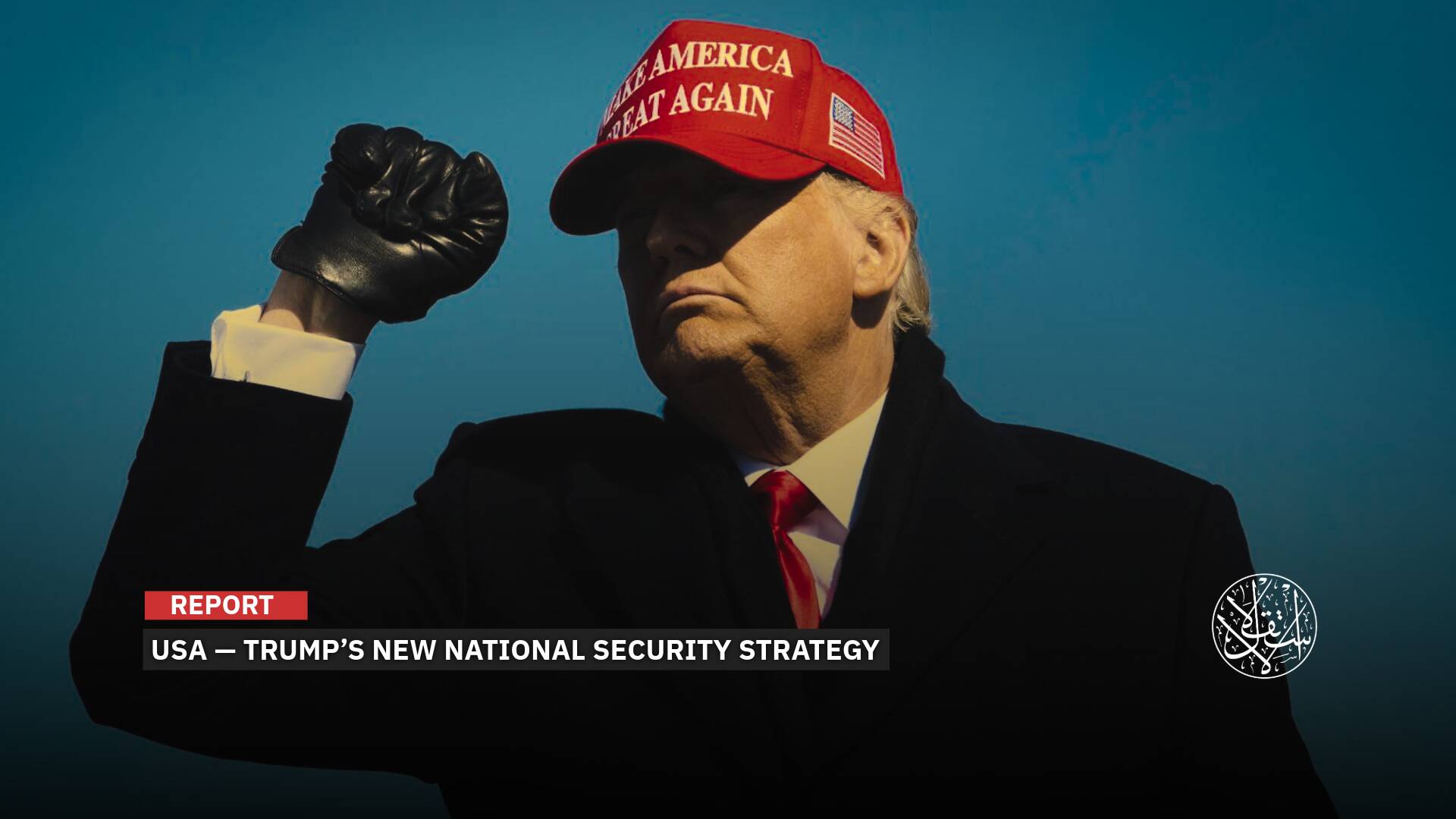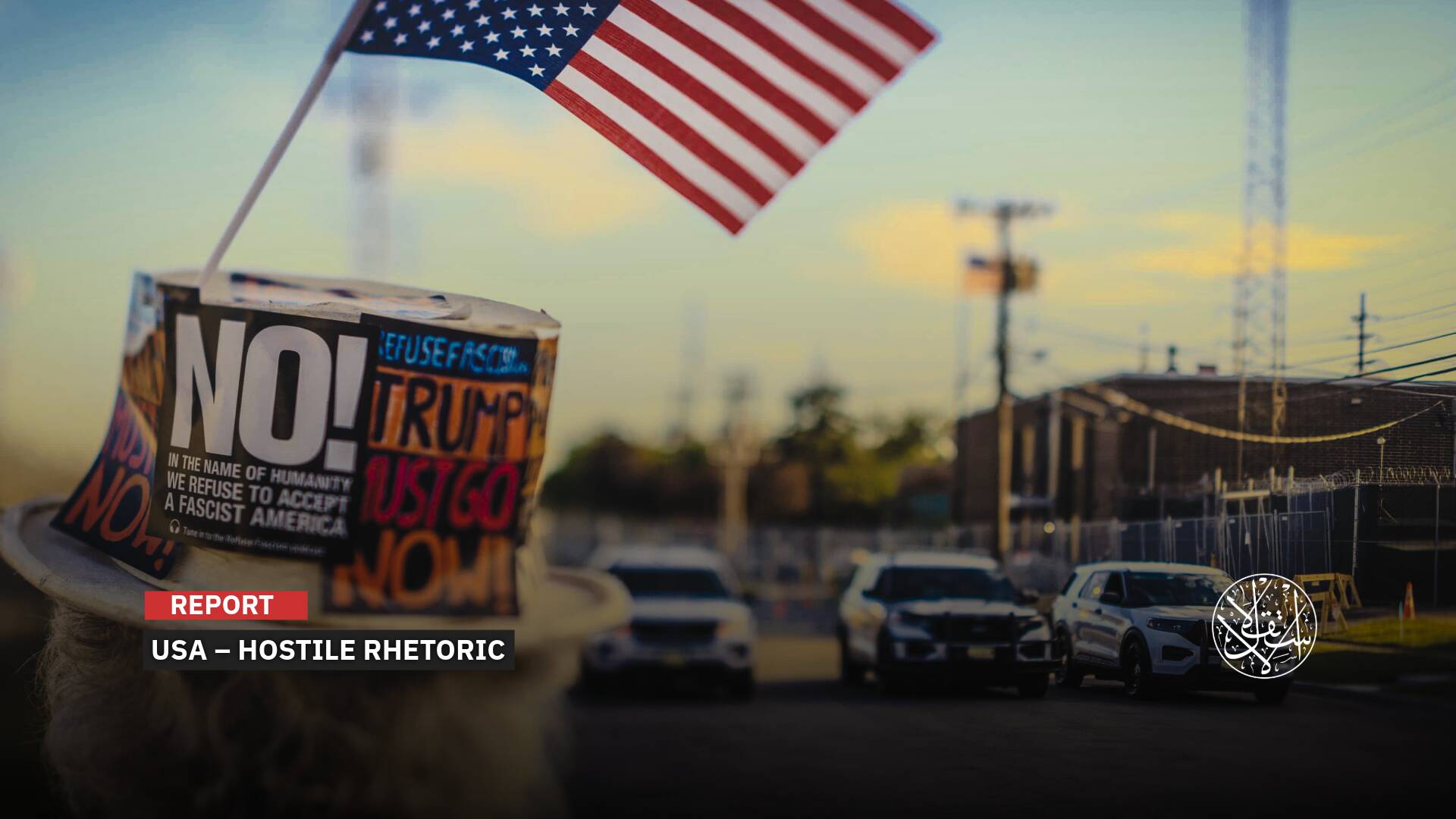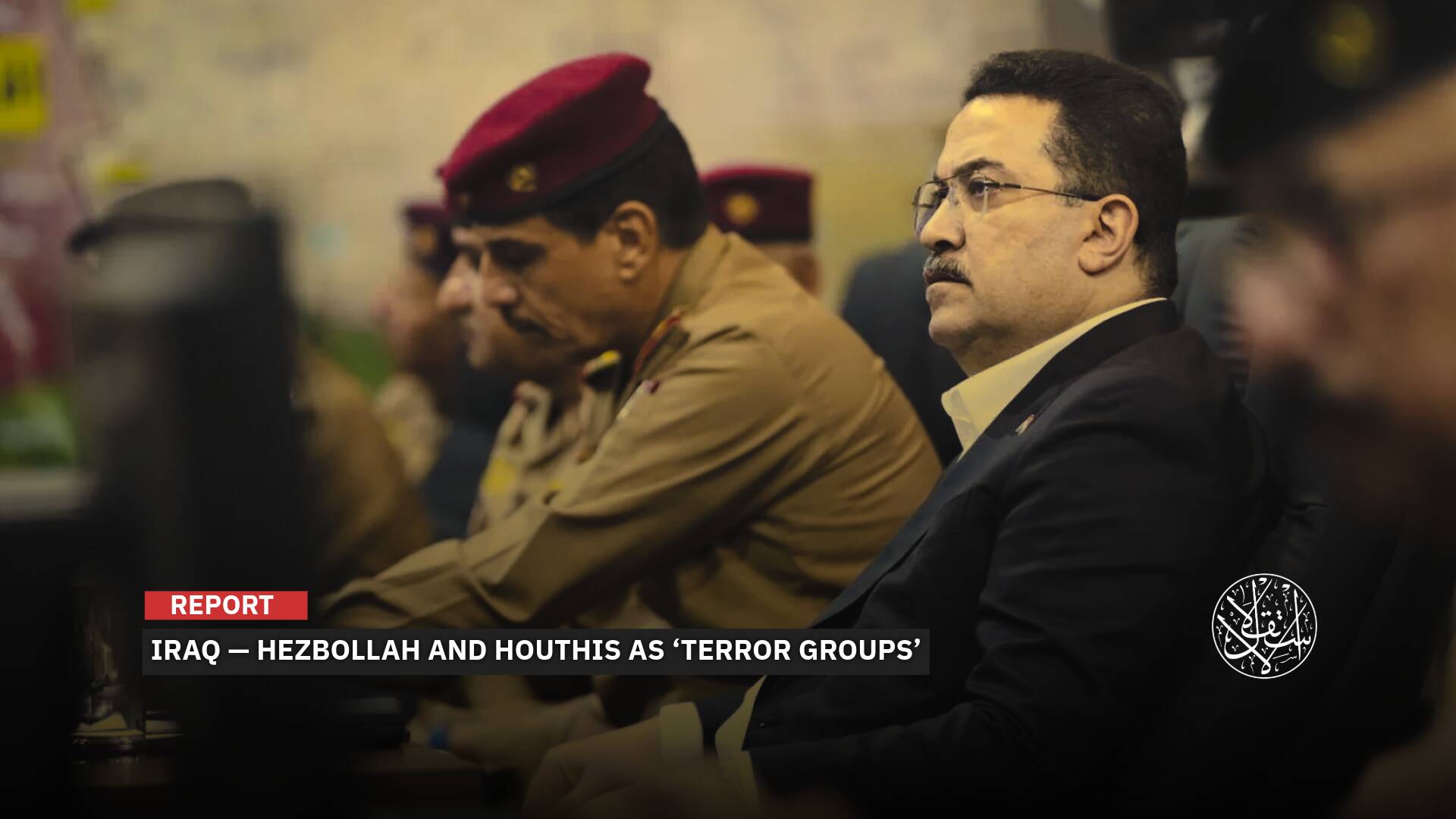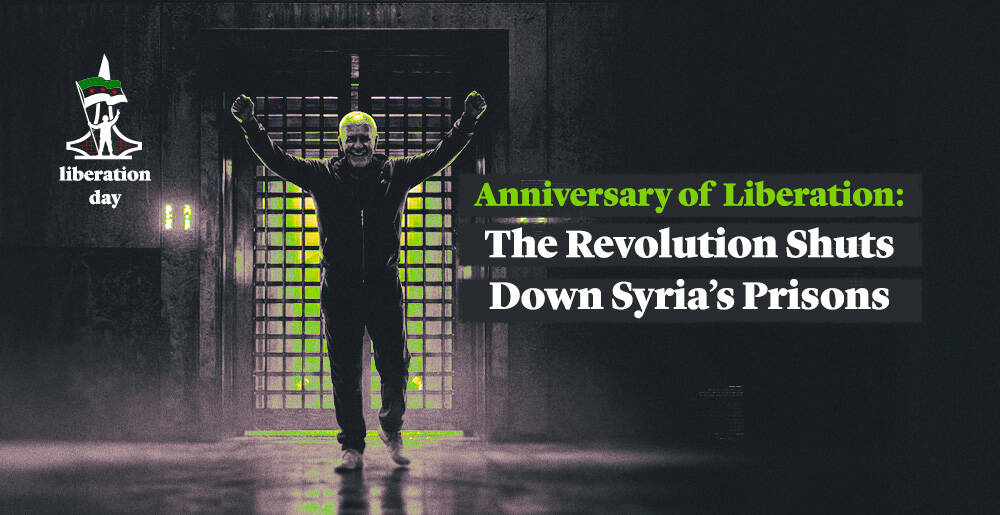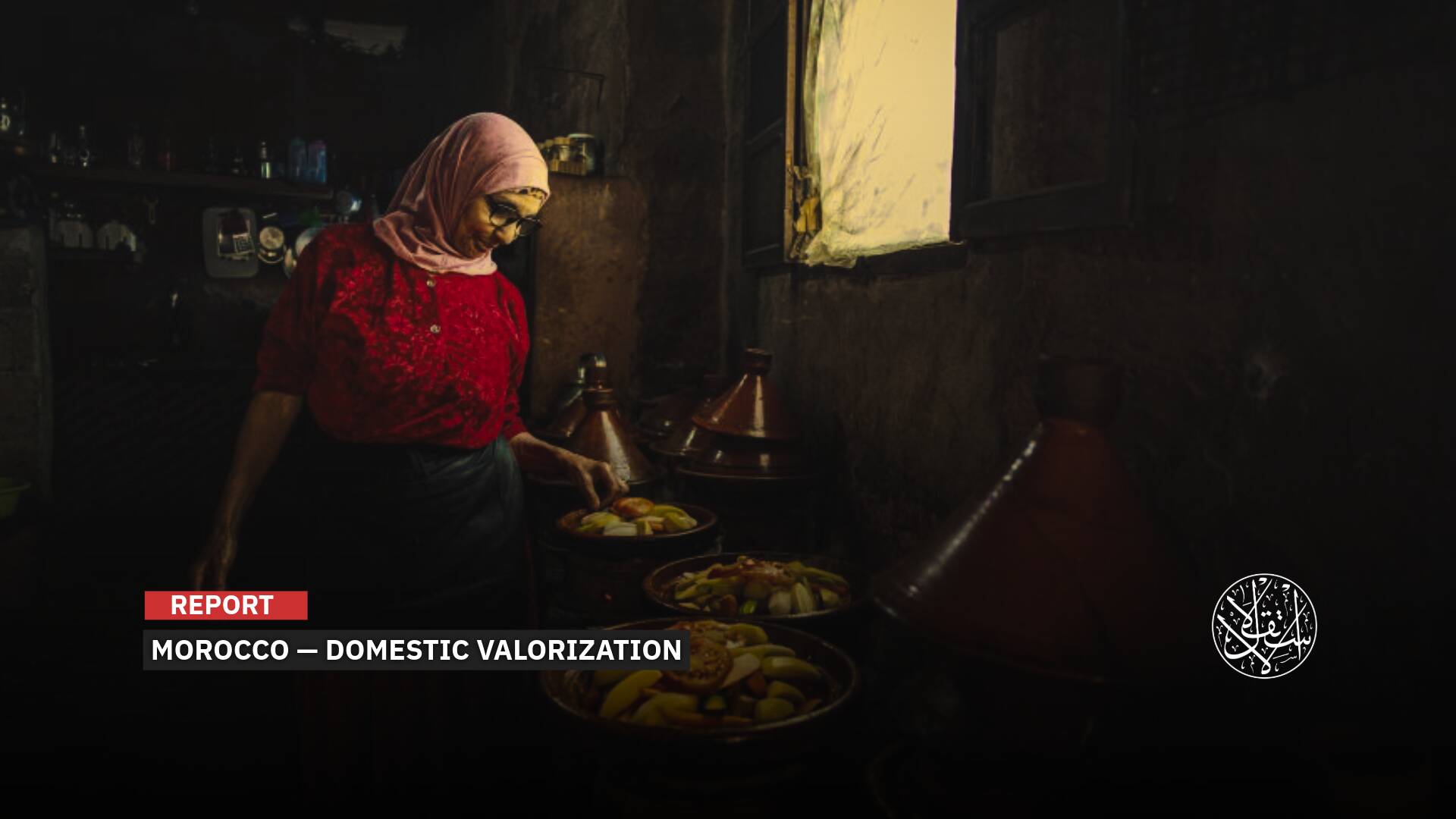Community Initiatives: A New Spirit Reviving Syria to Heal 54 Years of Corruption

Artists painted murals of Syrian revolution icons on the streets.
The individual and collective initiatives launched by Syrians immediately after the fall of the Assad regime in their cities and towns highlighted the strong presence of “national spirit” as a driving force for Syria's revival.
On December 8, 2024, as Syrians woke to the news of Bashar al-Assad fleeing to Moscow, arranged by Russia through the Hmeimim base in Latakia's countryside, young men and women quickly took the lead, embracing the concept of social responsibility.

The First Initiative
The first individual and collective initiative simultaneously undertaken was the destruction of statues of Bashar al-Assad, his father Hafez, and his brother Bassel (who died in a car accident in 1994) across Syrian cities. This was accompanied by the removal of all images of the Assad family from streets and government institutions.
Many artists took the initiative to repaint walls previously adorned with Ba'ath Party slogans or quotes from Bashar and Hafez al-Assad. Instead, they created murals depicting Syria’s historical landmarks, revolutionary icons, and artwork symbolizing the birth of a new Syria.
Volunteers also used social media platforms to issue a public call for young men and women to take to the streets for voluntary work in service of the community.
In Damascus, a group of volunteers organized a campaign to clean police buildings, which citizens had entered during the first hours of Assad's fall to search for and release detainees.
Community Initiatives for a New Syria
In Damascus, Aleppo, and Homs, volunteers distributed printed leaflets urging citizens to safeguard state institutions, emphasizing that these belong to the people, not the Assad family. This initiative aimed to counter the regime’s longstanding practice of naming public facilities, hospitals, and cultural centers after the Assad family, such as Assad University Hospital and Assad Library.
Local organizations that existed prior to the regime’s fall launched various initiatives under the theme “Towards a Sustainable Environment.” These included cleaning road medians and streets. In Damascus, a major street-cleaning campaign took place, complemented by wall painting and decorating public spaces.
In Aleppo, Syria’s economic hub with a dense population, women volunteers managed traffic in several areas. Similar efforts were seen in parts of Damascus, which drew crowds from across the country to join daily celebrations marking the end of the Assad family’s 54-year rule.
Blood donation centers across multiple provinces also saw a surge in volunteers, reflecting a growing sense of unity and collective responsibility.

Rekindling National Spirit in Syria
The community-driven initiatives showcased a unifying national spirit, evident in slogans calling for unity and rebuilding, such as “With Love, We’ll Rebuild It,” creatively displayed alongside the revolutionary flag on walls. Murals also honored detainees who perished under torture in the former regime's prisons, underscoring their sacrifices for Syria's freedom.
The revolution's victory over Bashar al-Assad’s regime, which began in March 2011, and the end of decades of tyranny since Hafez al-Assad’s 1971 military coup, paved the way for collective efforts to rebuild and revive key sectors. A strong collective desire emerged to help Syria rise from years of conflict, displacement, and devastation.
Syrian journalist Tammam Saymoua noted that “the revival of national spirit after Assad’s fall is evident across various domains.” Speaking from Damascus, he highlighted that these efforts extend beyond street-cleaning and volunteer services to initiatives promoting civil peace in tension-prone areas like Homs, Latakia, and Tartus.
In late December 2024, protests erupted in Homs, Tartus, and Latakia, led by remnants of the former regime from the Alawite community, chanting sectarian slogans. In response, Alawite community representatives in Homs issued a statement on December 26, urging an end to sectarian rhetoric, halting media incitement, and surrendering arms to authorities. Similarly, elders in Latakia called for “quelling the discord” and blocking attempts by the fallen regime to incite sectarianism.
Saymoua emphasized one of the most significant expressions of national spirit: temporary community management of cities in the absence of functioning state institutions. This move reflected a desire to restructure government bodies, address corruption, and separate the state from the remnants of the former regime.

The Role of Society
The wave of diverse volunteer initiatives across various sectors following Assad's fall reflects a direct response to the former regime's systematic suppression of societal, institutional, and individual roles in social and political processes.
These efforts counteracted the Assad regime's policies, which, under its intelligence apparatus, had stifled community and youth-led initiatives unless directly supervised. Since Hafez al-Assad's rule, civil society organizations were banned, leaving the Ba'ath Party to control all unions and social activities.
“Syria has transformed into a hive of national activities and initiatives that revive the citizen's role in advancing the country institutionally, economically, and politically,” said journalist Tammam Saymoua.
“From the first day of Assad's fall, political and legal discussions have emerged, raising awareness about the need for this critical phase to establish stability and a modern state based on citizenship. These efforts aim to block remnants of the former regime from regaining power and to prevent a repeat of the 54-year authoritarian rule of Hafez and Bashar al-Assad.”
The Syrian revolution saw an early rise in individual and collective initiatives aimed at empowering displaced individuals and host communities, enhancing their participation in decisions affecting their lives.
Institutions formed in opposition-held areas over the past decade focused on fostering community engagement and youth collaboration to build Syria's future. These campaigns sought to heal the scars of war and accelerate recovery.
After Syria's liberation from Assad’s rule, this collective momentum led to the formation of local councils in cities and towns. These councils served as a link to the new Syrian administration, ensuring essential services continued and supporting residents' needs.


